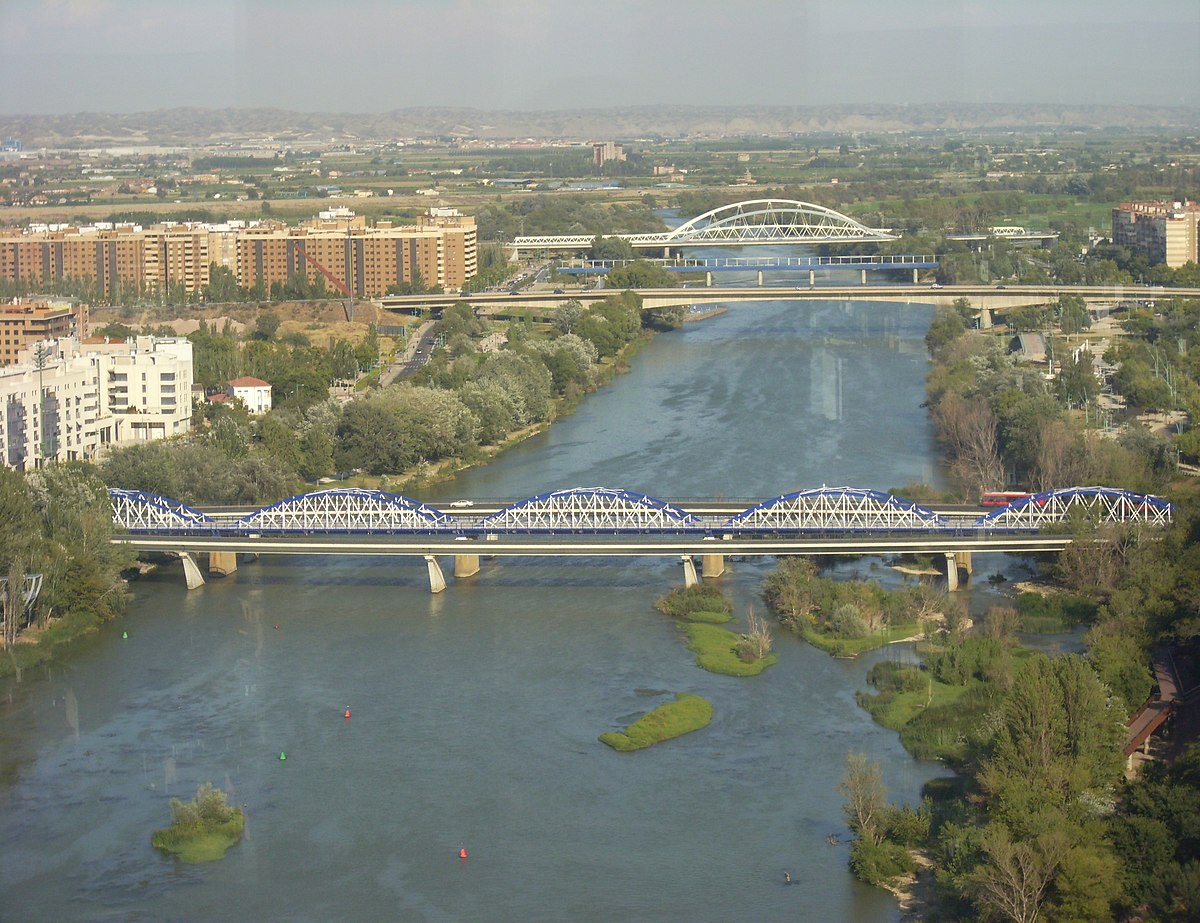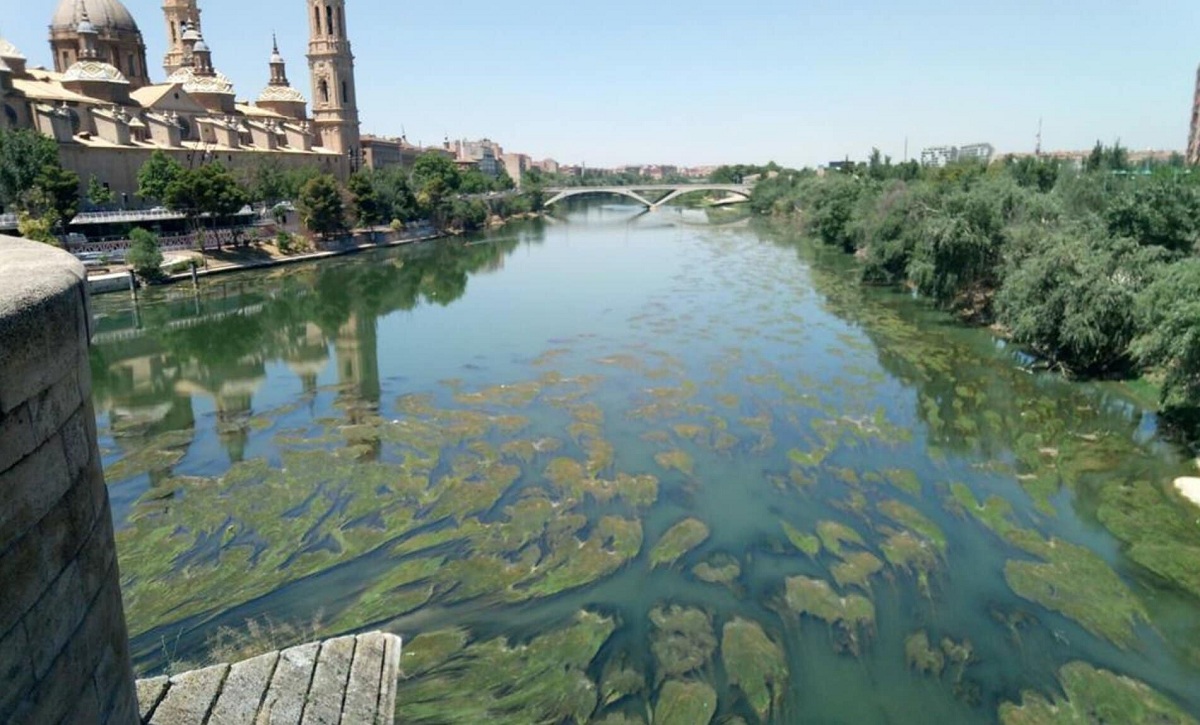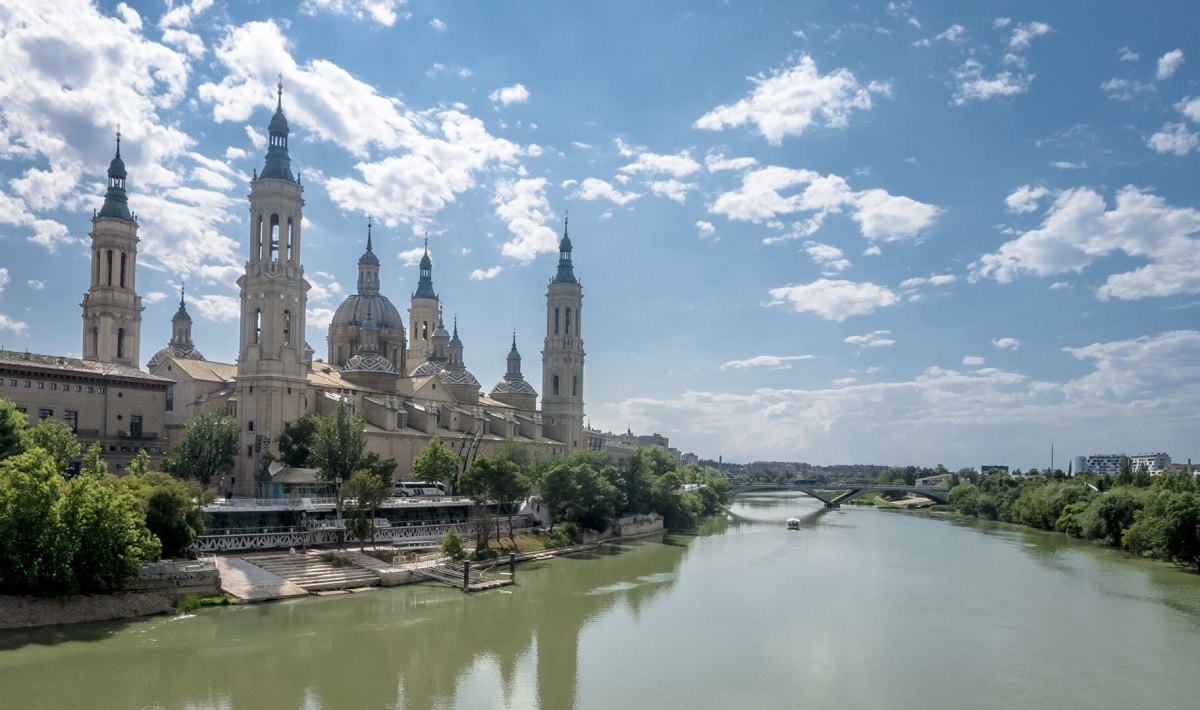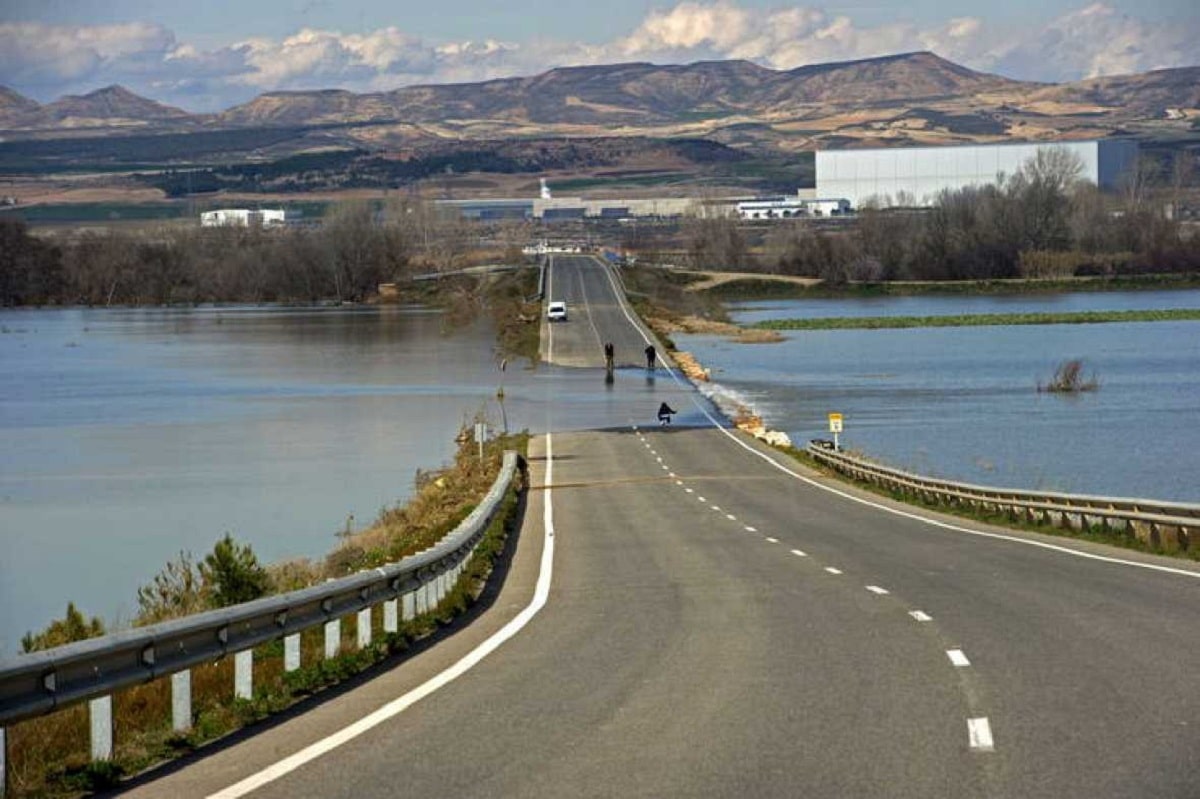
Rich in legends and landscapes, the Ebro river It immerses us in the imagination of beautiful landscapes, valleys, mountains and beautiful cities, having the privilege of seeing it travel its 930 km in length, making it the longest river in Spain. In second place, behind the Duero river in the Iberian Peninsula.
In this article we are going to tell you everything you need to know about the Ebro River, its characteristics, mouth and much more.
Key features

The Ebro River is considered the longest and largest river in Spain and its route is entirely within Spanish territory, which is one of the most important characteristics since it ranks first in the world in this line.
As for the location of the Ebro River, many people wonder where the Ebro River starts. It is born in Cantabria, and the Ebro river flows through the Mediterranean Sea to Tarragona, Spain. The course of the Ebro river begins at Pico Tres Mares at 2.175 meters above sea level, at the divide between three different basins of the Sierra de Hijar, where the water descends down the slope towards three seas that border the peninsula, the The Nanza and Cantabrian rivers are bordered by the sea, the Pisurga river is bordered by the Atlantic Ocean, and the Ebro river is bordered by the Mediterranean Sea.
It passes through the area of Campoo Los Valles or Valle de Campoo until it reaches the Ebro Gorge through the province of Burgos. It is delimited by the Pyrenees, the Iberian system and the hills of Europe.
Departure from Burgos to La Rioja in the Spanish Community, from where Las Conchas de Haro or Conchas de Ebro is formed, a natural passage of limestone that gives life to an incomparable natural landscape, which runs through several cities in Spain until reaching Logroño, the capital of La Rioja. From the latter to Navarra, you bathe in various towns along the way, each with its own character and history, until you reach Catalonia.
Mouth of the Ebro River

The mouth of the Ebro River is in the town of Tarragona, forming a delta at the mouth of the Mediterranean Sea. There is the largest island of Buda in Catalonia, and the flow of the river is divided into two arms called Golas Norte and Golas Sur. There is also the Ebro Delta Natural Park, which covers 20% of the delta and benefits from being a legally protected area. The Segura river still comes from this sea.
Created in 1983, the park is the largest wetland in Catalonia, with 7.802 hectares; agricultural areas, especially rice fields, occupy the remaining 80%, totaling more than 21.000 hectares, which says a lot about the importance of these crops in the region.
The flow of the Ebro river is about 600 cubic meters per second, but it stands out for its variability, since it can go from 440 cubic meters in one month to 2896 cubic meters in another. River floods are more frequent during the cold season, the most notorious and destructive being those that occur in Castejón and Zaragoza.
There has been a significant decrease since the 1960s (18.286,7 hm3/year) until this year 2017, the town of El Pilar had a minimum emission of 35 m3/s. The Duero is not in good condition, with a flow of 6 m3/s in August this year.
The Orinoco River was declared on alert due to high water levels, since it was very close to exceeding the 1976 mark when it reached more than 35 meters in height, causing flooding in low-lying areas.
Ebro river basin
It is triangle and It has an area of 85.362 square kilometers and has a larger share in Spain. He also plays in a handful of slots in Andorra and France. Its most populous region or city is Zaragoza, which currently exceeds 700.000 inhabitants (2017). The largest hydrographic basin in the world is the Amazon River, which covers an area of 6,1 million square kilometers.
It is estimated that 1,7 million tourists visit the lower Ebro each year, both walking and traveling, using its thermal baths, fishing and camping to practice extreme sports such as canyoning, rafting, kayaking and more.
Threats

There are many threats to the Ebro river, including pollution, subsidence and floods, which threaten and cause numerous disasters, detailed below. Zaragoza was the last place to be affected by the strong flooding of the river, more and more frequent due to the continuous rains and the lack of foresight of the inhabitants, as well as the carelessness of the state, the lack of a dredging program, which caused severe material and human damage, cleaning and protection of the river.
The possibility of sinking in the Ebro Delta is not far off, with at less than 50% of its surface below sea level. This is due to its sensitivity to climate change that causes sea level rise. Agricultural, ranching and industrial activities continue to wreak havoc in the basin. In Spain, the river ecosystem of the Ebro is deteriorating and the quality of the water supply for the inhabitants of the basin is worsening.
The presence of nitrates, ammonium, nitrite, pesticides and other chemical elements in 3 million hectares of arable land also contribute to the deterioration of the soil, reservoirs and others. These can be seen in many rivers in America, Europe and other continents, in Argentina the Paraná River is one of them.
dams
Contrary to the benefits of having more than 457 waterfalls and hydroelectric plants, it is considered a threat to the normal life of the river and its inhabitants, especially in Ribarroja, Flix and Mequinenza in the Lower Ebro. In addition to the existing one, Spain has proposed a hydrological plan for 2010-2015, in which it is planned to install more hydroelectric plants for increase its current capacity of 3.894,5 Mw, using 38.000 hm3 of water per year.
As you can see, there are many reasons why this river is the most important in Spain. I hope that with this information you can learn more about the Ebro River, its characteristics and the importance of its mouth.